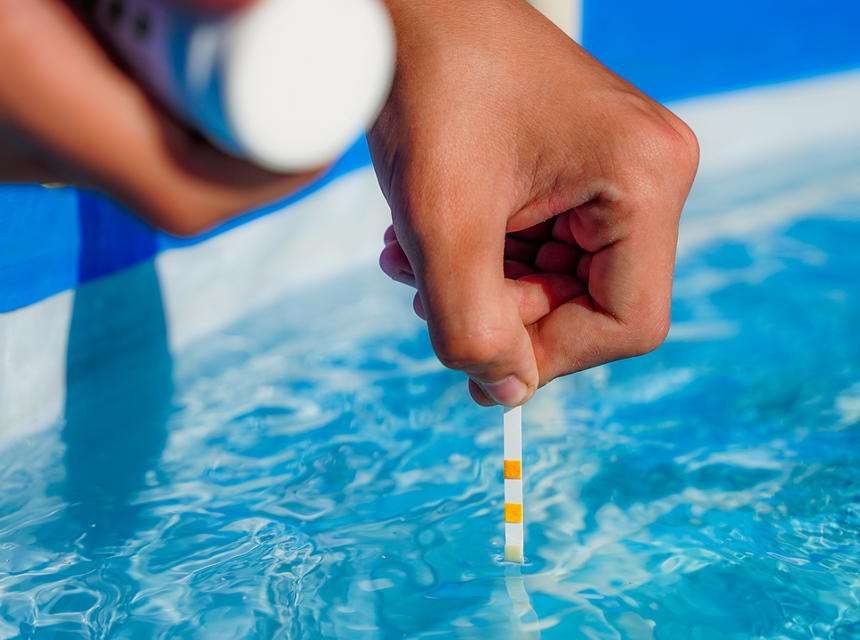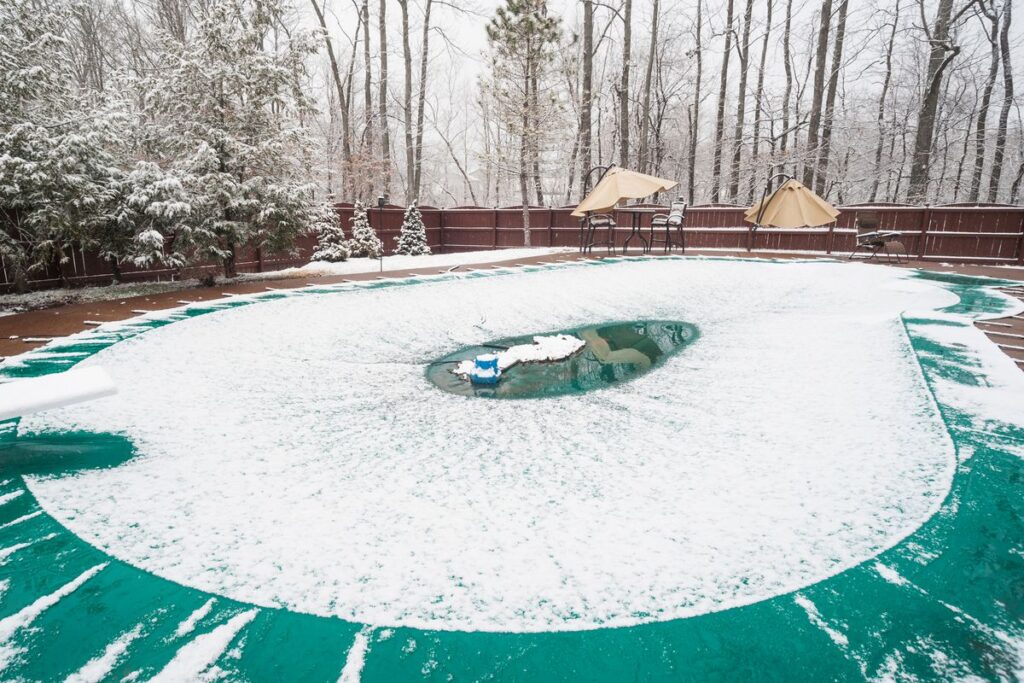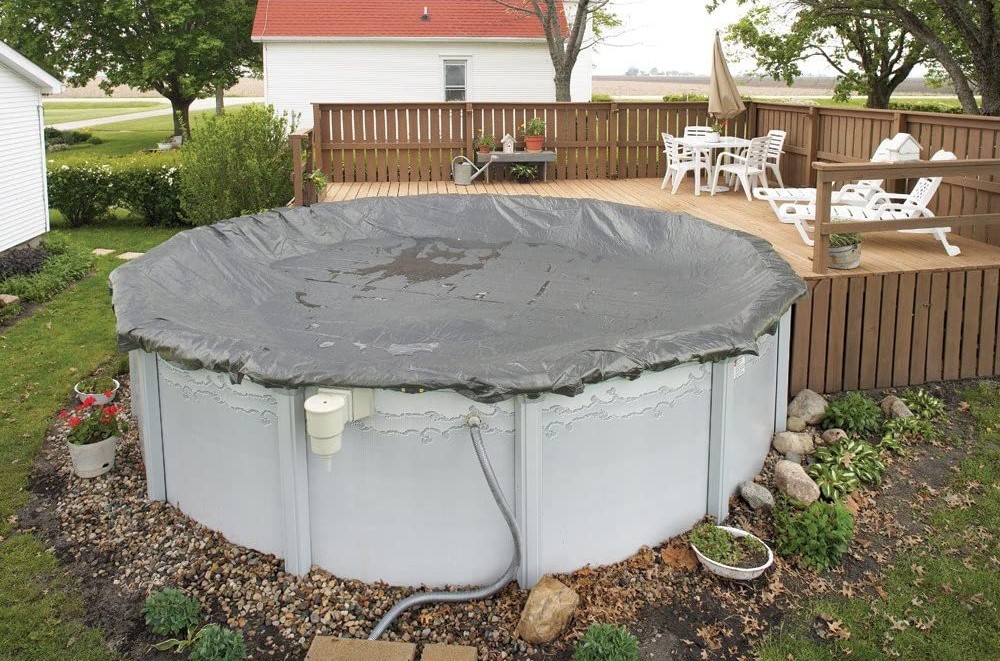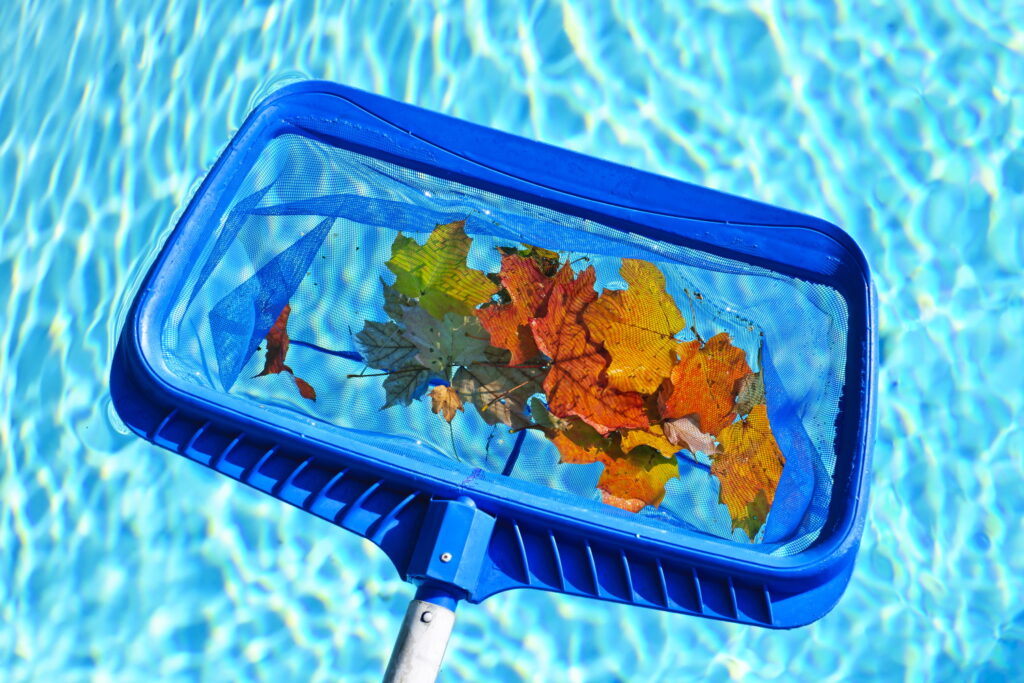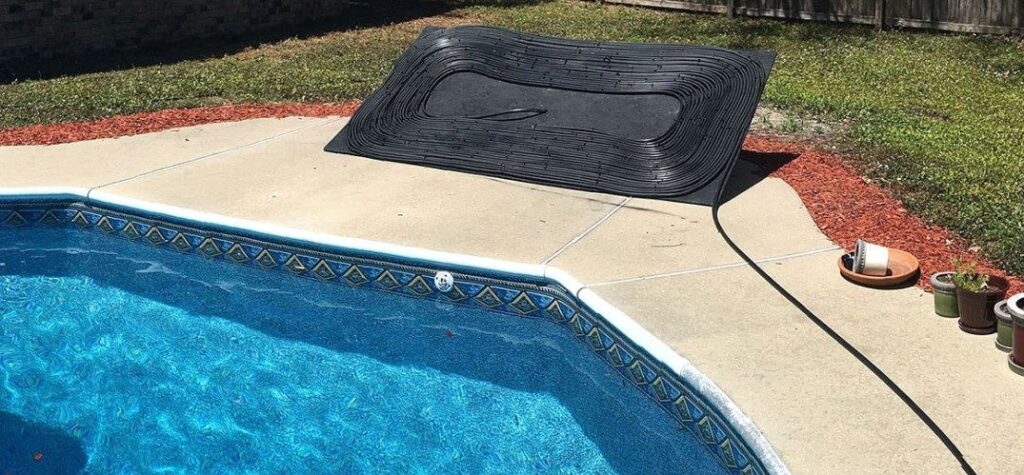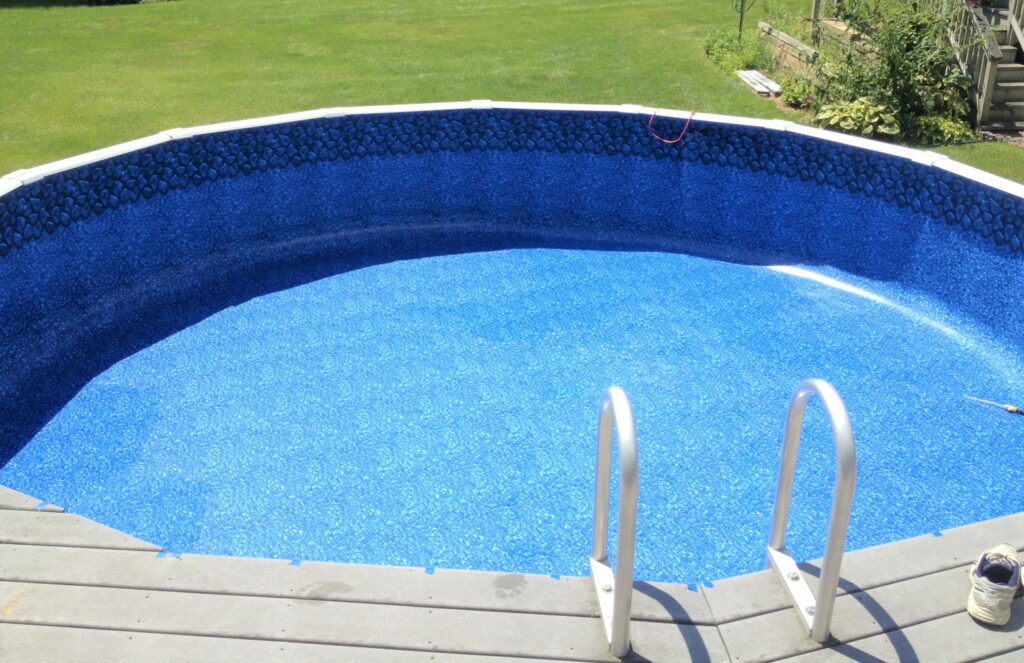Algae love growing on damp places, including your pool. But the problem is, you need a deep vision to know when the growth starts which is almost impossible.
After it starts spreading like a raging fire is when most people notice it and start looking for ways to eradicate it.
Well, it’s essential to keep your pool clean whether you use it every day or not. And there are lots of benefits Trusted Source Pool Maintenance 101: 7 Key Benefits of Regular Pool Maintenance It’s important to do regular maintenance on your pool. Keep reading for pool maintenance 101: 7 key benefits of regular maintenance. www.layorcare.com to it.
For instance, you’ll enjoy swimming in freshwater that comes with several health pros like staying active during the day.
Of course, there are many ways to clean pools, and the most common one you probably know is through a vacuum cleaner.
But what if you don’t own one? And the worst part is, the high-end ones that clean pools well are expensive. So, you’ll need an easier way to clean your pool, right?
That’s where this guide comes in,
We will cover the key ways to clean your pool without using any vacuum cleaner.
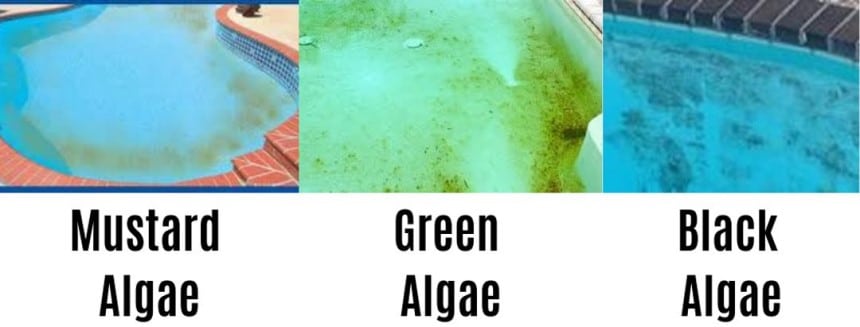 How to see if your pool needs cleaning
How to see if your pool needs cleaningA pool is the best place to be when the weather is hot or after a busy day. Of course, you may not use it multiple times in a week, but you’ll want to know when to clean it, and that’s what we’ll reveal here.
The most obvious sign that you should clean your pool is when you get a pungent chlorine smell. When your pool releases a strong chlorine smell, it’s time to get your cleaning gear ready.
The smell is a sign that your pool is dealing with a lot of toxic substances like urine, sweat and bacteria. While chlorine tries to eradicate these substances in your pool, it reacts with them and releases chloramine responsible for the awful smell.
Next, we have discoloration of the water. Well, most pools can be another color apart from green. It can be brown due to the growth of brown algae.
Also, if you notice plenty of living organisms lying around in your pool, then it’s time to avoid swimming in your pool till it’s clean. Some of the creatures you can find floating include water beetles, mosquito larvae, and many more.
Another sign your pool is dirty is when the water is cloudy or murky. If the water is so, then many dirt particles that arise from limited filtration, insufficient sunlight and poor water filtration.
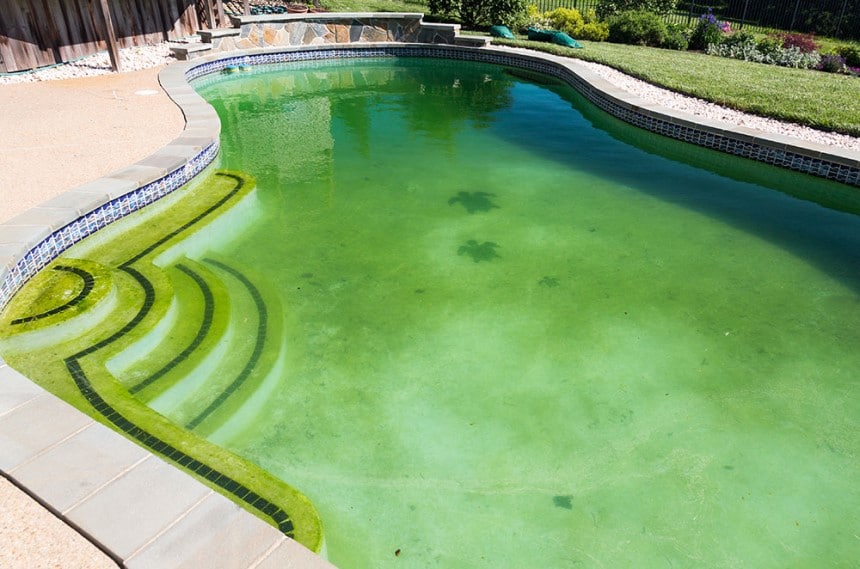 Before you start cleaning
Before you start cleaningYes, you’re eager to remove algae from your pool, but we have some things you should put in mind before you begin the process. They will help you streamline the cleaning process and do it in minutes.
Assuming you don’t have a vacuum cleaner, you’ll need a good filter to clean your pool well. First, start by cleaning your filters. Clean it thoroughly before you kick off the process. You’ll need a brush and a hosepipe. Turn off your filter then scrub its sides to eliminate the algae and dirt. If there are some tough stains, hose it.
Next, ensure that the water circulation is constant by keeping your pump on. Remember, algae rest on the water, and if you turn off the pump, they will move to other sections of your pool so you won’t do a thorough cleaning.
But when the pump is running, water will be circulating evenly in your pool; hence you’ll remove more amounts of algae. If the pump stops working in the process, know it has clogged and needs a deep wash to function properly.
Last, you’ll want to use the right chemical quantity in your pool. So that calls for testing the PH levels and ensuring it’s optimum.
No matter what you do, algae will always grow and thrive in your pool. And the earlier you know how to remove them, the better.
If you’re living in sunny areas, you should take good care of your pool by observing when the growth starts spreading.
You can take a quick look at the sides of your pool or scan through the surface to check for any signs of growth. And if you notice some, the good news is we have lots of ways you can use to clean algae from your pool.
And In this section, we will discuss the major ones like cleaning by hand, using potential algaecide, shock products and chlorine tablets, among others.

The primary tool you’ll need here is a brush and a sieve. First, wear your gloves and start scrubbing the walls of your pool.
If your pool is large, you may have to repeat the process two to three times to remove a significant portion of the algae.
After you’re done scrubbing, get your sieve and collect the algae. The only problem with this process is the rancid smell of algae will remain in your pool. Experts also feel you can use a filter to aid this process.

Normally, we use two processes to kill algae: the quaternary ammonia and metallic.
Using quaternary ammonia is relatively inexpensive compared to the metallic method, and the best thing is it doesn’t tarnish pools.
However, its only problem is you can expect your quaternary ammonia to foam up and it doesn’t eradicate some algae like the black ones.
That’s where using algaecides comes into play. First, you’ll have to get the right amount of algaecide to use in your pool, add it then let it stay for a day. The Pool RX is an effective one. You’ll add it to your pump basket with ease, and the good thing is it lasts up to 6 months.
Well, algaecides have lots of benefits like boosting your filtration’s system lifetime. There will be little to no materials blocking your filters. It also regulates your pool’s chlorine levels not to be dealing with sore eyes when swimming sessions.

It’s a simple process that requires some tools you can buy or have in your home. Some of the tools you’ll need include eyewear, a bucket, hand gloves and calcium hypochlorite solution. We recommend you get 1 to 4 gallons of HPC depending on the size of your pool.
The process is simple. First, wear your protective gears. Next, get a 5-gallon bucket and fill it with water to the brim.
Gently, introduce a pound of shock to the water and stir slowly. If you want a good shock product, you should check out HTH shock treatment that delivers results within 24 hours and reduces chlorine odor.
After that, scan through to get the key areas affected by the algae growth and apply the solution. If algae cover a significant portion of your pool, you may have to double your hypochlorite’s quantity.
For the best results, add the solution at night and leave your filter on. The water will circulate evenly, the shock will suffocate the algae, and your pool will be clean.
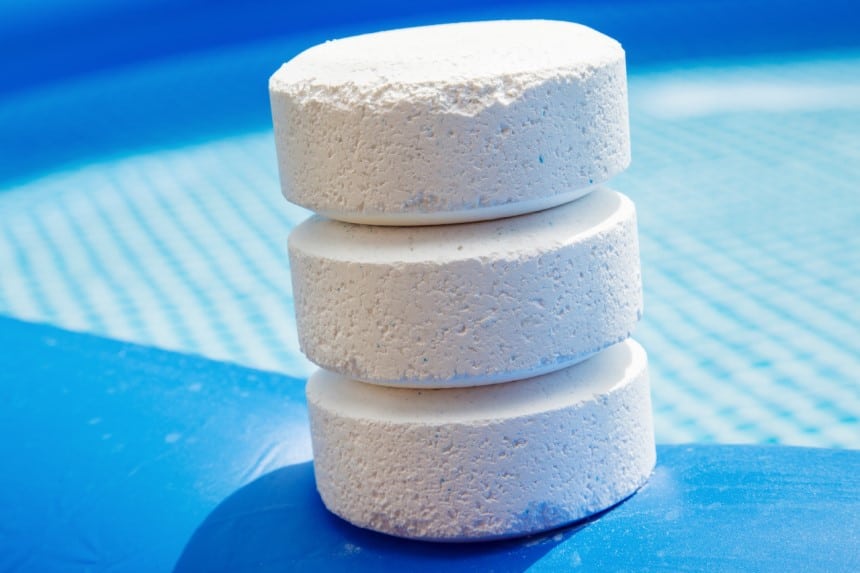
But in this process, you’ll need a basket and floater then fill it with your chlorine tabs.
The chemicals in your chlorine oxidize and eradicate the organic compounds.
The most important this about this process is to keep high chlorine levels in your pool
Here are the steps for using chlorine tablets:
– First, the water in your pool should be balanced to help with eradicating all algae in your pool
– Introduce considerable chlorine levels using your chlorine tablets using the basket and floater.
– Scrub the sides of your pool so that the algae fall off and comes into contact with the water
– Add all cleaning you’ve used into the water for treatment
– You can add Banish to the pool and let it sit there for a few days before you introduce another dose.
– Measure the chlorine levels after 24 to 48 hours to ensure that it conforms with the required standards.
If you don’t like dealing with killing algae every time, it’s time you know the main techniques to prevent its growth.
Of course, keeping them out of your pool can be nearly impossible as they will tend to thrive when the sunlight is insufficient, or wind and rain can introduce them.
The first step to prevent growth is ensuring there is proper water circulation in your pool. You’ll have to do routine clean-ups of your pump and skimmer.
Shock the pool regularly. By doing so, you’ll kill algae and reduce the amount of growth, making deep cleaning easy. You can use any of the methods we’ve discussed above.
Also, always brush your pool properly. You’ll want to locate where algae are prone to grow in your pool and thoroughly brush the area. Nylon and wire brushes work well for removing any algae growth.
Everyone hates to have a dirty pool, including you. The only problems are no matter how hard we try to clean our pools, algae and other dirt will always find their way in, and there’s nothing we can do about it. The best option is to prevent its growth and clean your pool thoroughly after you notice the growths.
The reality is that you don’t necessarily have to rely on a vacuum cleaner’s services to clean your pool. The processes we’ve mentioned above work well, but you may have to get the extra tools we’ve included to streamline the cleaning process.
You can use chlorine tablets, shock method and algaecide, among others. It’s even better to try all of them and get the one that works best for you.
